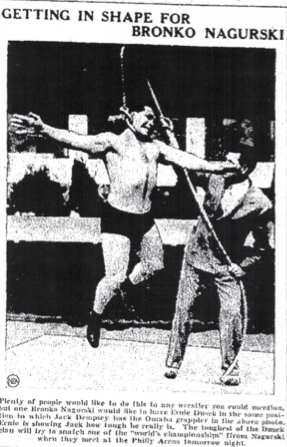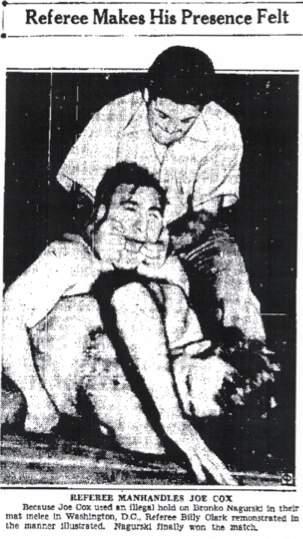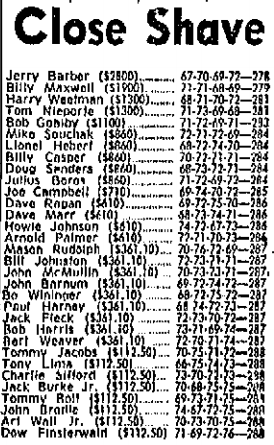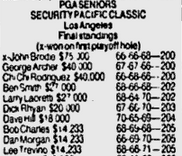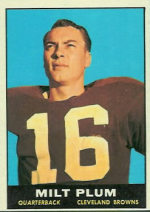The Vikings’ 41-28 win over the Falcons on Sunday produced not one but two intriguing statistics.
1. In his first NFL start, the Vikes’ Teddy Bridgewater completed 19 of 30 passes for 317 yards and . . . that’s it. No touchdowns, no interceptions. You might say it’s unusual to throw for 300 yards, average 10 per attempt (league norm: 7.1), avoid getting picked off and not have any TD passes. In fact, Bridgewater is just the third quarterback since 1960 to have such a game.
300 PASSING YARDS, 10 YARDS PER ATTEMPT, 0 TD, 0 INT IN A GAME
[table]
Date,Quarterback\, Team,Opponent,Yds,YPA,TD,Int,Result
9-28-14,Teddy Bridgewater\,Vikings,Falcons,317,10.6,0,0,W\, 41-28
11-4-12,Matt Ryan\, Falcons,Cowboys,342,10.1,0,0,W\, 19-13
12-10-00,Kurt Warner\, Rams,Vikings,346,10.8,0,0,W\, 40-29
[/table]
A big reason Bridgewater didn’t throw for any scores — except for a two-point conversion, that is — is that Minnesota ran the ball well when it got near the goal line. Matt Asiata pounded it in from 1, 3 and 6 yards out, and Teddy scrambled 13 for another touchdown. The four rushing TDs equaled the franchise record, first set in 1965.
Anyway, that’s how Bridgewater wound up with his unusual 30-19-317-0-0 line. (And it’ll probably never happen again.)
2. In defeat, the Falcons’ Devin Hester caught a 36-yard scoring pass from Matt Ryan. That gave Hester touchdowns rushing, receiving and punt returning in the first four games. Only five players have done that since ’60. The list:
RUSHING, RECEIVING AND PUNT-RETURN TD IN FIRST 4 GAMES
[table width=“350 px”]
Year,Player\, Team,Rush TD,Rec TD,PR TD
2014,Devin Hester\, Falcons,1,1,1
2011,Darren Sproles\, Saints,1,1,1
2008,Reggie Bush\, Saints,1,2,1
1966,Mike Garrett\, Chiefs,1,1,1
1961,Bobby Mitchell\, Browns,1,2,1
[/table]
Finally, one other performance popped out at me in Week 4. Frank Gore, at the tender age of 31, racked up 119 yards rushing and 55 receiving against the Eagles in the 49ers’ 26-21 victory. Since 1960, just nine backs 31 or older have had a 100/50 game. Five are in the Hall of Fame, so the feat must mean something, right?
100 YARDS RUSHING, 50 RECEIVING BY A BACK 31 OR OLDER
[table]
Date,Running back (Age)\, Team,Opponent,Rush,Rec,Result
9-28-14,Frank Gore (31)\, 49ers,Eagles,119,55,W\, 26-21
9-10-06,Tiki Barber (31)\, Giants,Colts,110,61,L\, 26-21
10-31-04,Priest Holmes (31)\, Chiefs,Colts,143,82,W\, 45-35
11-9-86,Tony Dorsett* (32)\, Cowboys,Raiders,101,64,L\, 17-13
11-9-86,Walter Payton* (33)\, Bears,Bucs,139,69,W\, 23-3
11-10-85,Walter Payton* (32)\, Bears,Lions,107,69,W\, 24-3
10-13-85,Tony Dorsett* (31)\, Cowboys,Steelers,113,82,W\, 27-13
9-25-83,Franco Harris* (33)\, Steelers,Patriots,106,83,L\, 28-23
9-10-78,O.J. Simpson* (31)\, 49ers,Bears,108,56,L\, 16-13
11-11-73,Floyd Little* (31)\, Broncos,Chargers,109,76,W\, 30-19
12-10-72,Wendell Hayes (32)\, Chiefs,Colts,104,55,W\, 24-10
[/table]
*Hall of Fame
By the way, that was the last 100-yard rushing performance of Simpson’s career. He outrushed Young Sweetness that day, 108-62, and outgained him from scrimmage, 164-65. Think he might have been up for the game?
Gore, though, looks like he might still have a little mileage in him. So we might need to update this chart at some point in the future.
Source: pro-football-reference.com

